At first glance, floating shelves seem like a simple design choice – a sleek, space-saving solution that fits...
- There are no more items in your cart
- Shipping
- Total £0.00
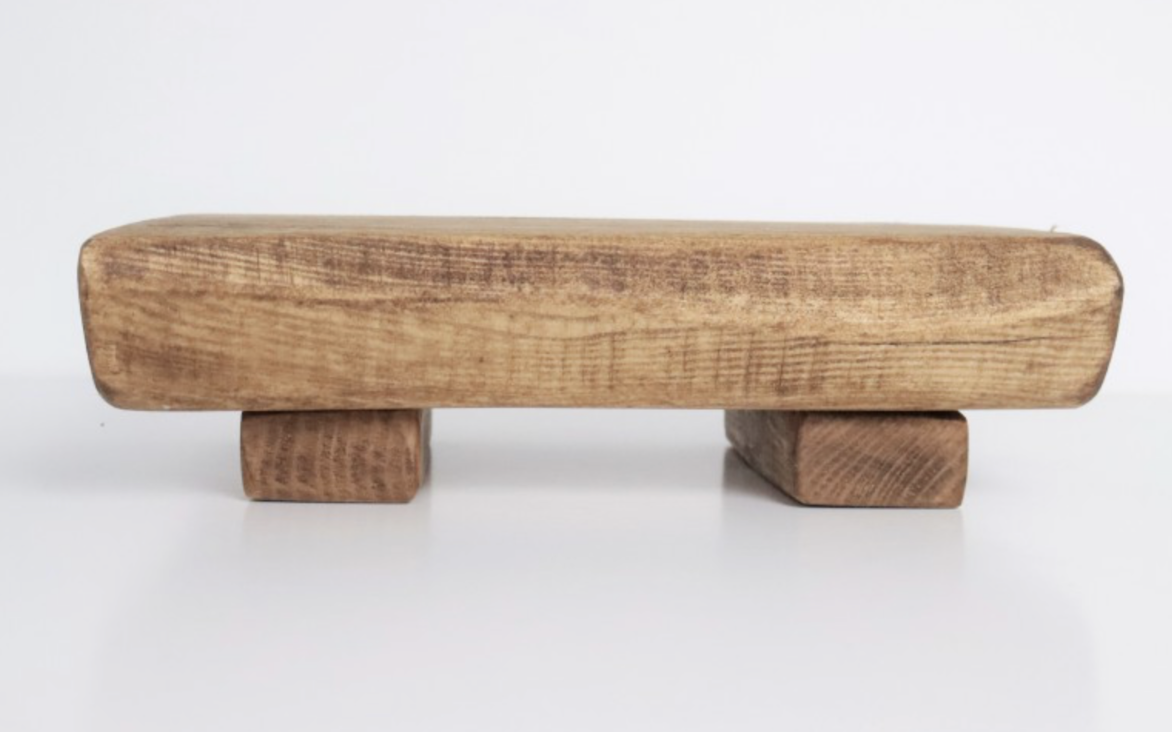
The psychology of shelving – How the way you store and display items shapes your home and your mind
Shelves are often treated as simple storage – places to put books, dishes, or the things that have nowhere else to go. Yet the way we arrange those items says far more than we realise. Shelves are visual landscapes that the eye meets dozens of times a day. They can calm us or overwhelm us, tell a story or hide it, energise a space or make it feel heavy. Psychologists have long studied how our surroundings affect our emotions, and shelving is one of the most subtle yet powerful tools in shaping the way we feel at home. This is not about rigid rules, but about understanding the deeper connection between what we see, what we store, and what it tells our minds.
List of Contents:
- Shelving as a reflection of personality
- The link between organisation and mental clarity
- Colour, shape, and texture – how shelves influence mood
- The social meaning of open shelves
- Practical tips for mindful shelf styling
- Mistakes to avoid if you want shelves that inspire
- Seasonal and lifestyle adjustments
- Conclusion
Shelving as a reflection of personality
Whether we choose it consciously or not, shelving often acts like a silent autobiography. A set of minimal, evenly spaced books in monochrome tones might suggest order and discipline. An eclectic mix of travel souvenirs, art books, and wild plants might tell of curiosity and creativity. Guests who enter a home often draw impressions not from the furniture, but from what is on display and shelves are prime territory. Some people treat them like a gallery, carefully curating what is allowed in view, while others see them as living spaces that grow and change with time. In either case, the choices we make in shelving speak a language without words.
The link between organisation and mental clarity
The human brain responds to patterns and order. Clutter on shelves can create a low-level mental noise – the mind subconsciously tries to process every visible item, using up attention and sometimes creating tension. Conversely, when objects are arranged with intention, with space between them, our eyes find places to rest. This calm in the visual field often translates to calm in thought. It’s why some people find it easier to focus or relax in rooms where shelving is tidy and balanced. It’s not about minimalism for its own sake, but about aligning what we see with the kind of mental energy we want to cultivate.
Colour, shape, and texture – how shelves influence mood
The psychology of shelving goes beyond order and chaos. Colour plays a powerful role. Warm wood tones, soft creams, and earthy greens tend to feel grounding and comforting, while glass, metal, and bold colours can energise or even stimulate a sense of urgency. Shapes matter too – rounded objects and soft lines often create a sense of safety, while sharp angles and geometric patterns can make a space feel more structured or formal. Texture adds another layer: woven baskets and natural fabrics evoke warmth; smooth ceramics and polished stone bring a sense of refinement. A well-designed shelf often has a mix of these elements, so the mood of the room feels both intentional and alive.
The social meaning of open shelves
Open shelving is more than a design trend – it’s a cultural signal. In many modern homes, these shelves are a statement of openness and transparency, almost like inviting someone to read a page of your life story. In kitchens, open shelves display confidence in your ability to keep order and to choose objects worth showing. In living rooms, they reveal personal values: which books you read, what art you enjoy, which memories you hold dear. Social media has amplified this effect – shelves have become a kind of backdrop that speaks before we do, whether in video calls or shared photos.
Practical tips for mindful shelf styling
Mindful shelf styling begins with intention. Ask yourself what you want your shelves to say about you and how you want them to make you feel. Start by removing everything, then slowly reintroducing items that fit that vision. Think in terms of visual balance – mix tall and short, heavy and light, textured and smooth. Keep enough empty space to let each piece breathe. Add layers: a small framed photo leaning against the wall, with a plant slightly in front, and a stack of books to the side. Lighting can transform a shelf – under-shelf LEDs or a nearby lamp can turn an ordinary display into a warm focal point.
Mistakes to avoid if you want shelves that inspire
There are patterns that tend to work against the calming, inspiring effect shelves can have. Overcrowding is the most common – too many items force the eye to scan without rest. Ignoring proportion can also break harmony: placing a tiny ornament alone on a large shelf, or cramming large objects into small spaces, creates imbalance. Overuse of one colour or material can make a display feel flat, while mixing too many competing colours can cause visual fatigue. Another subtle but important factor is dust – shelves layered in dust not only look neglected but also send subconscious signals of stagnation.
Seasonal and lifestyle adjustments
Shelves don’t need to remain the same all year. Small seasonal changes can refresh both the look of your home and your mental connection to it. In spring, introducing greenery, fresh flowers, and lighter colours can create a sense of renewal. Summer might bring in shells, woven textures, or bright accents. Autumn invites warm tones, dried arrangements, and brass details. Winter can be made cosy with candles, pine branches, or deeper wood finishes. Beyond the seasons, your shelves can evolve with life stages: a change in career might see more professional books; a new hobby might bring in tools or collections worth displaying.
Conclusion
Shelves are far more than functional furniture – they are quiet storytellers and mood shapers. Through their arrangement, colour, and content, they influence how we feel in a room and how others perceive us. Understanding the psychology of shelving can create spaces that are not only beautiful but also deeply supportive of our daily lives. A shelf, when styled with thought, becomes more than a place to store things. It becomes a living, evolving reflection of who we are and the kind of home we want to create.

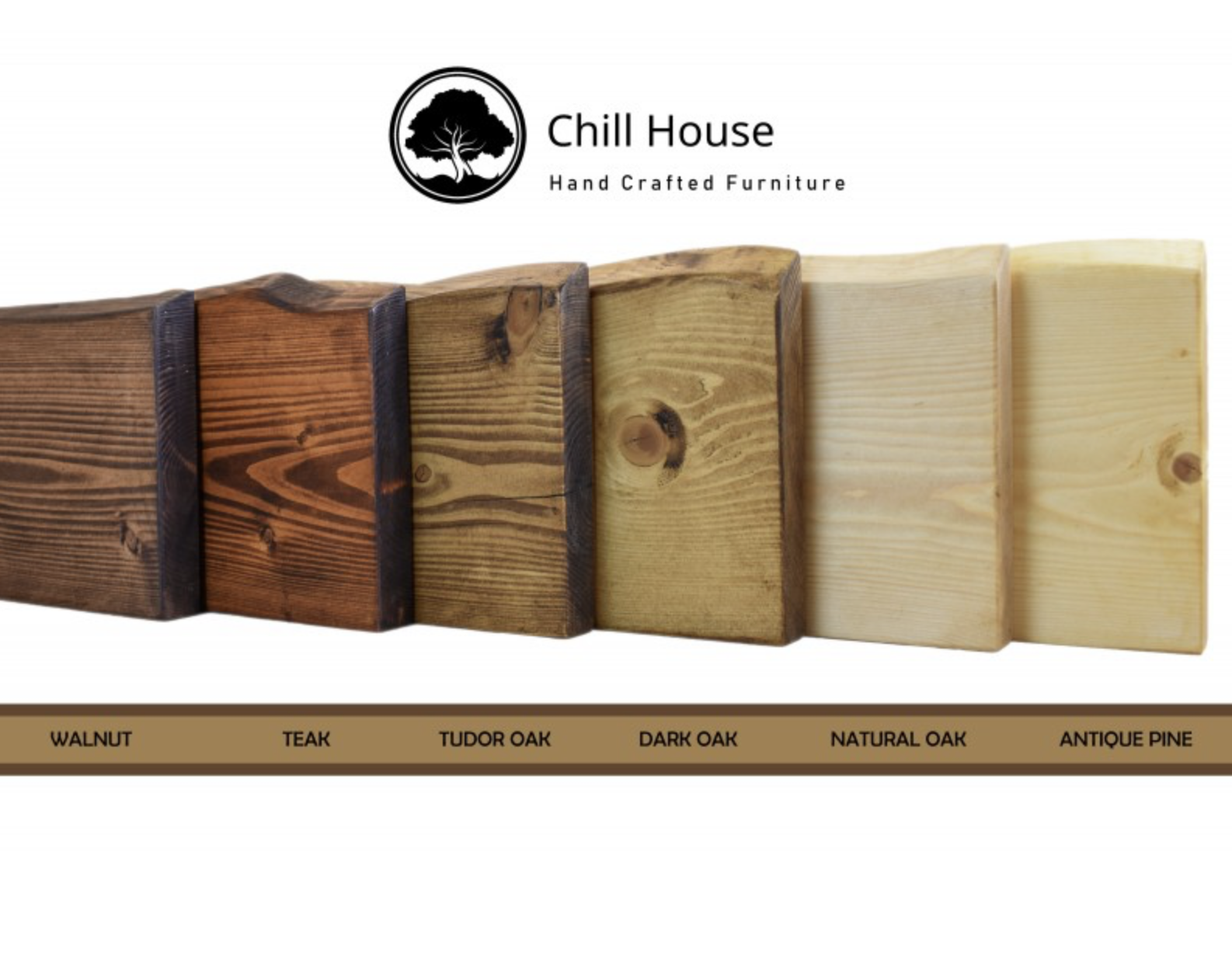
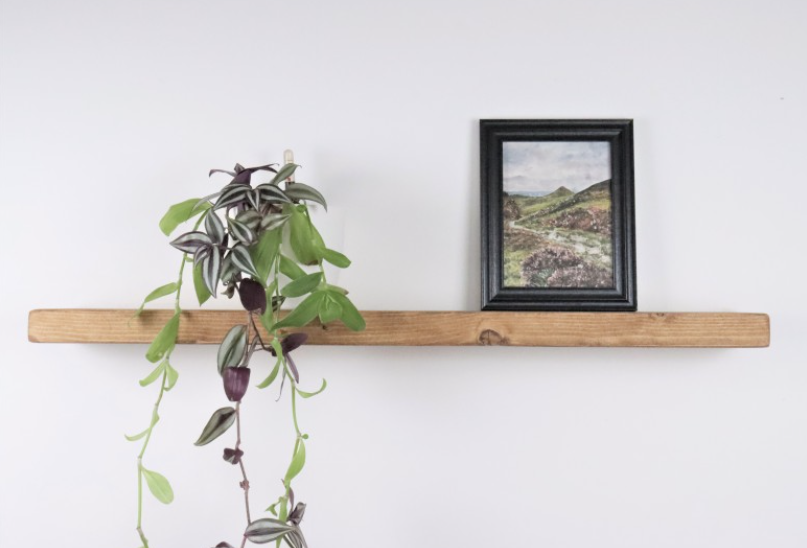
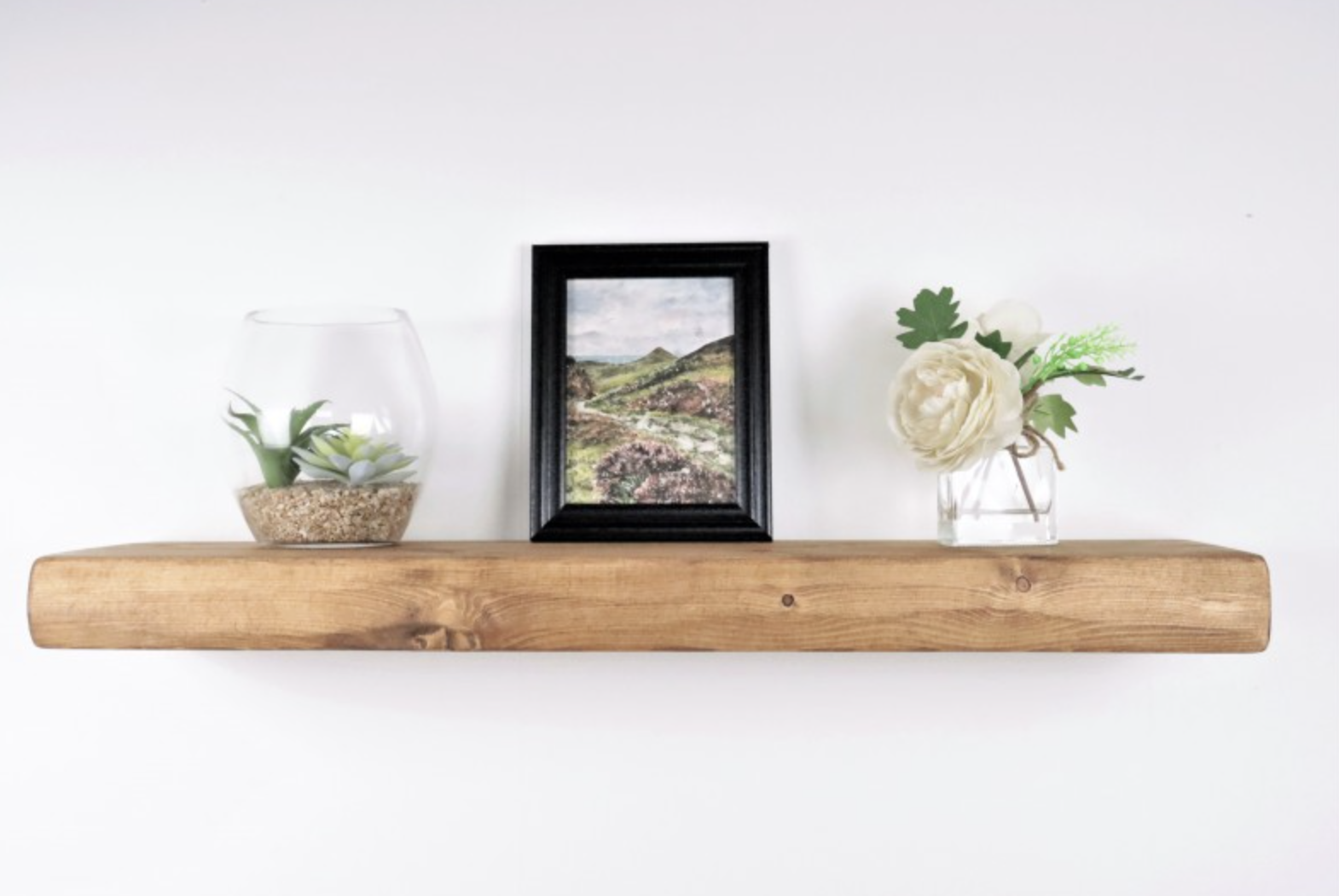
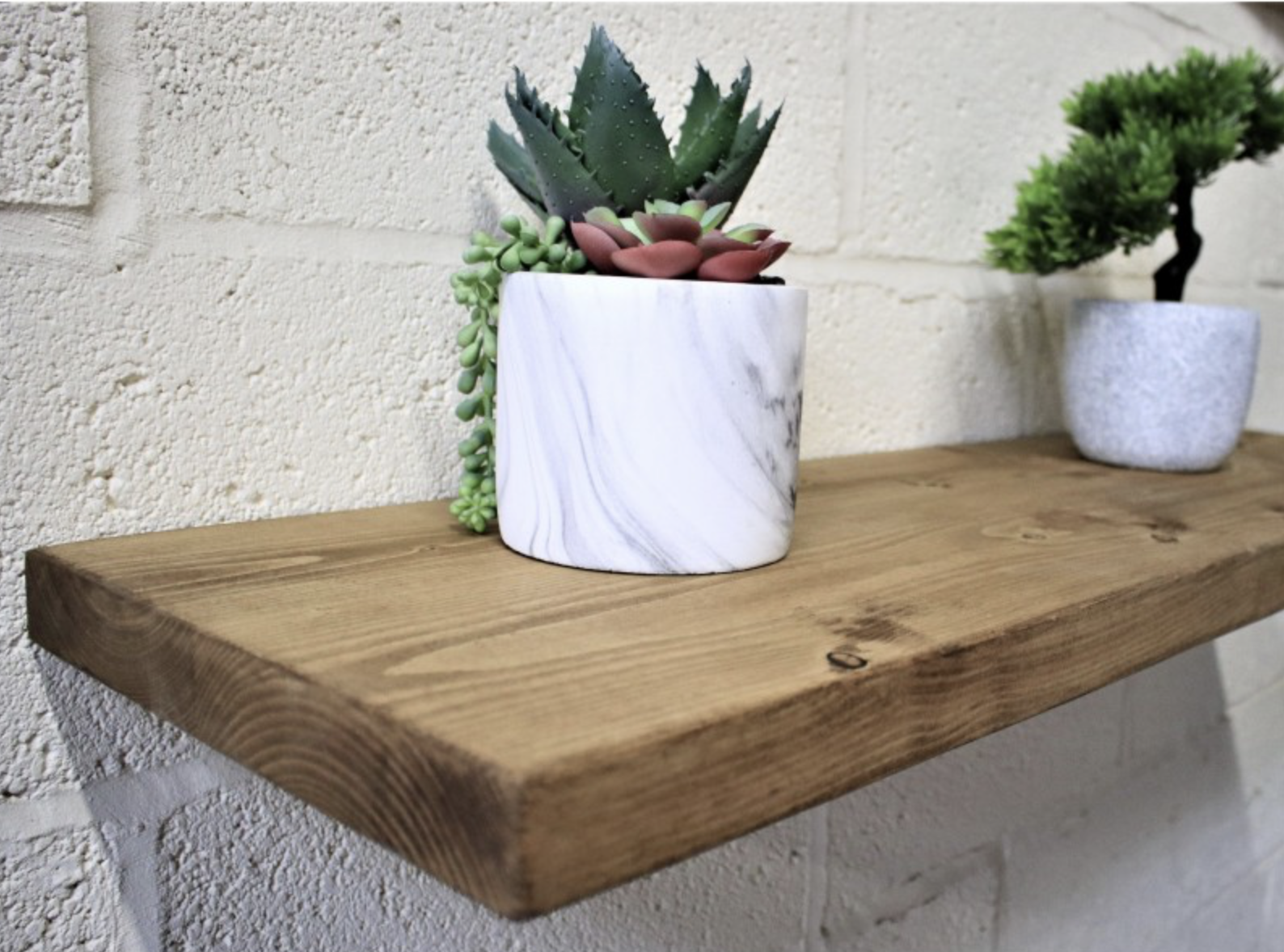
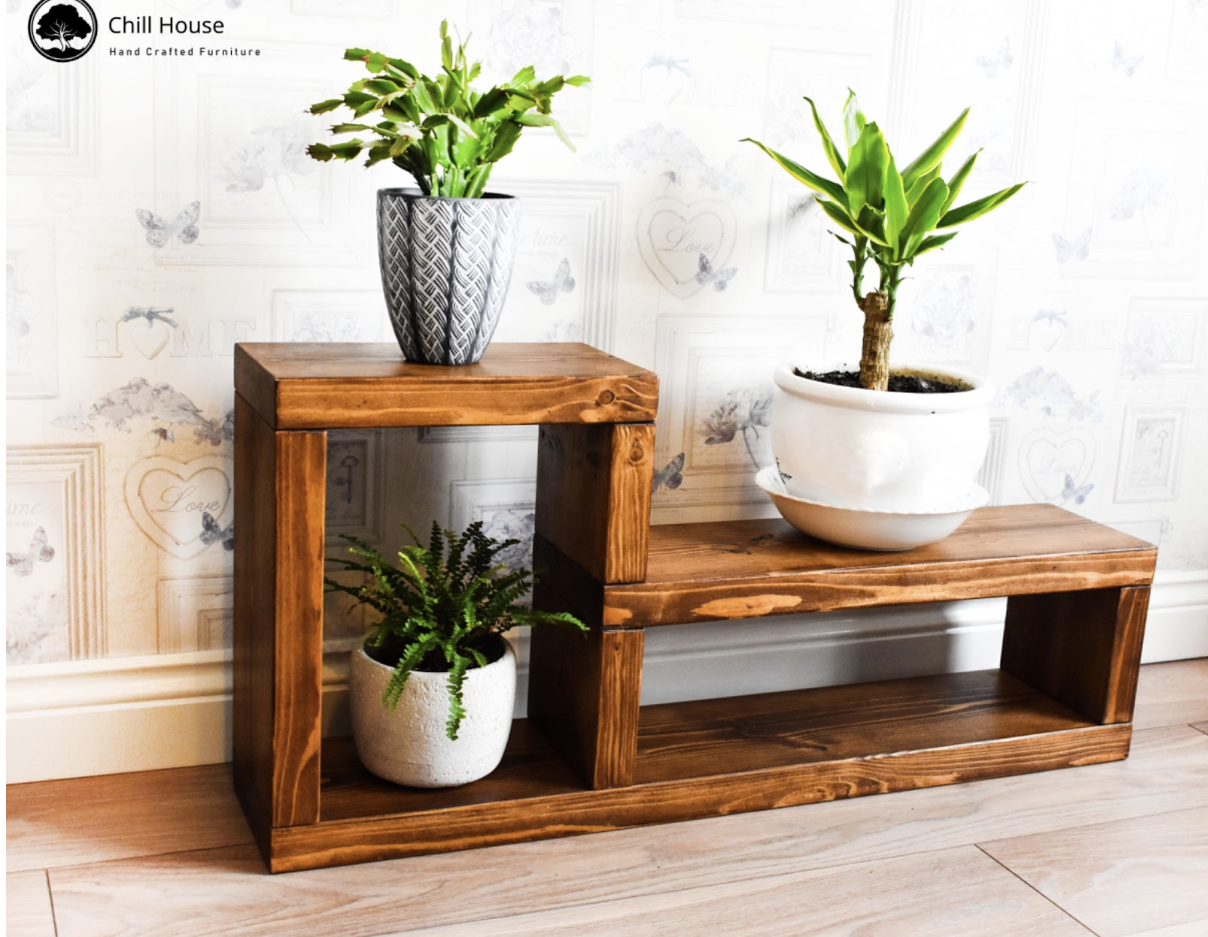
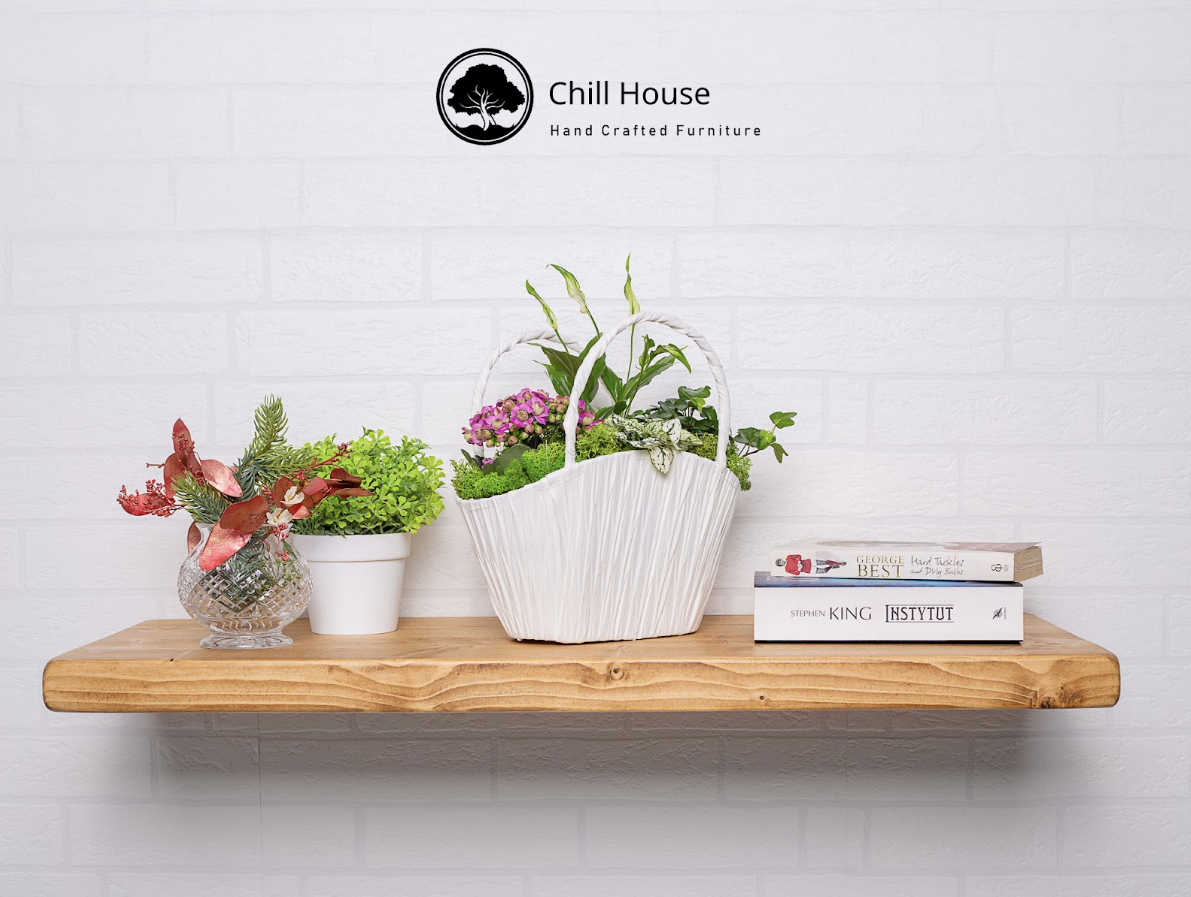


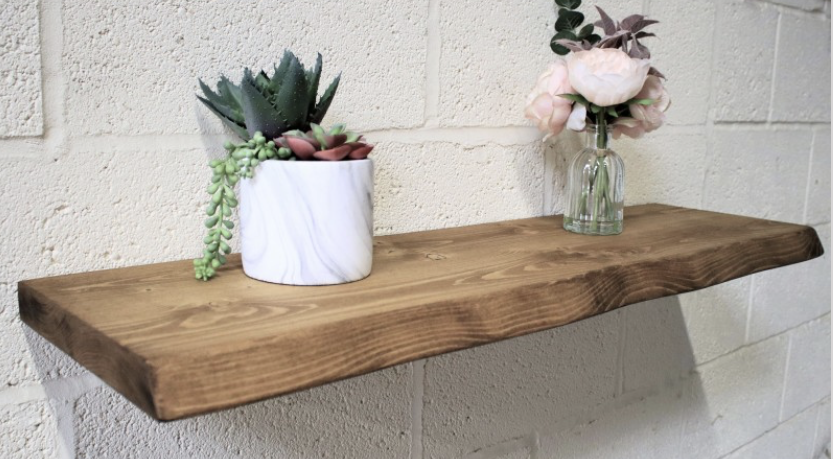
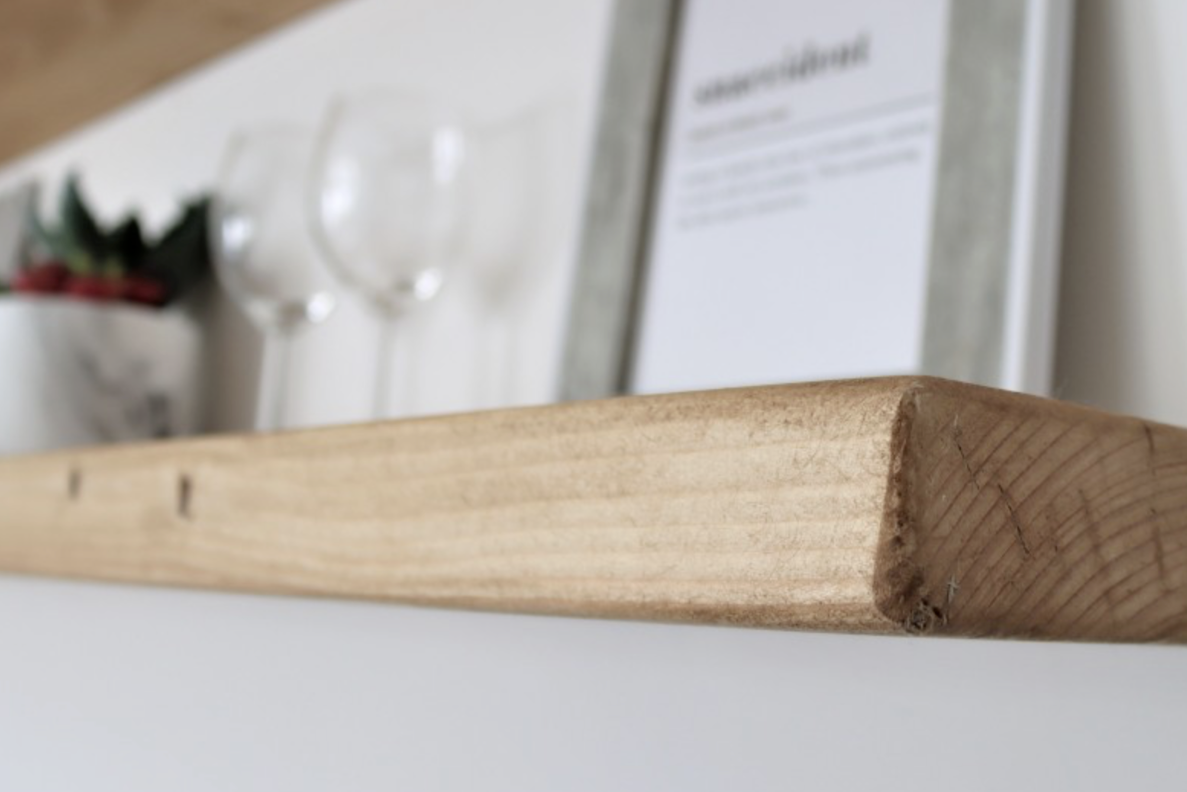





Leave a comment